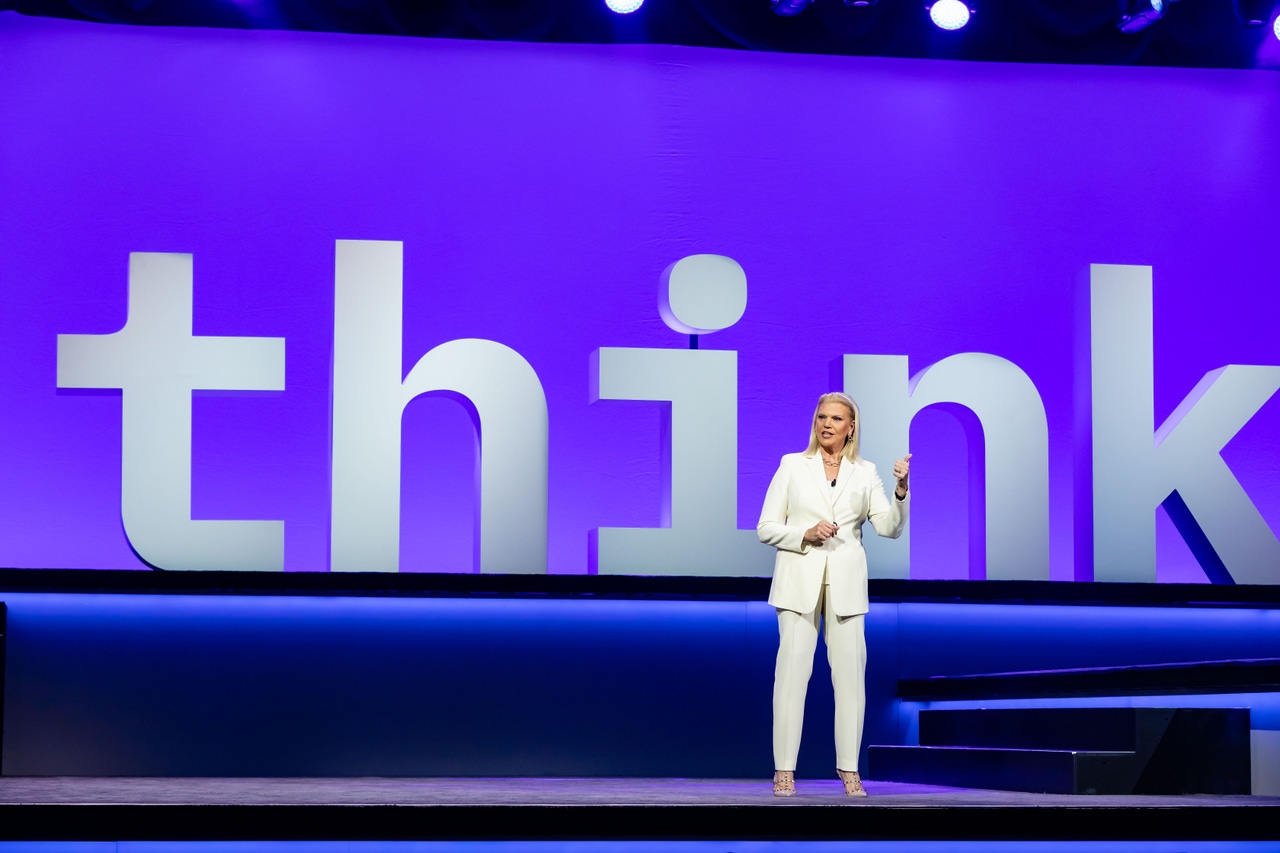IBM Profit Tops Estimates as Focus Turns to Red Hat for Growth
Quarter's results represent the last clean read of IBM’s trajectory before the integration of Red Hat.
July 17, 2019

Olivia Carville (Bloomberg) -- International Business Machines Corp. reported earnings that topped analysts’ estimates in the fiscal second quarter as investors look to the Red Hat acquisition to fuel future growth in cloud computing.
Earnings excluding some costs were $3.17 a share in the three months ending June 30, higher than the $3.08 average Wall Street estimate. For the full fiscal year, IBM stuck to a forecast of at least $13.90 a share. The shares jumped 2.7 percent in extended trading.
Analysts and investors will be tuning in to the conference call hoping to glean any details on the impact of IBM’s $34 billion acquisition of open-source software provider Red Hat. After lagging in the cloud market for more than a decade, IBM is pegging its future to a hybrid cloud strategy, that will allow it to offer services on both private and rival public clouds.
Chief Executive Officer Ginni Rometty paid a rich premium for Red Hat in order to help the 108-year-old company catch up with market leaders Amazon.com Inc. and Microsoft Corp. The deal officially closed last week, so Red Hat’s contribution hasn’t shown up in IBM’s balance sheet yet. IBM said it will share further details at its annual investor briefing in early August.
Rometty has touted the Red Hat deal, which was announced in October, as a “game changer” for IBM, claiming it will reset the entire cloud landscape. IBM has estimated only 20 percent of enterprise applications have made the shift to cloud so far and Rometty believes the company is in prime position to conquer the remaining market. By 2022, research firm Gartner Inc. predicts that about 75% of all databases will be migrated to a cloud platform.
This quarter’s results are significant because they represent the last clean read of IBM’s trajectory before the integration of Red Hat, Sanford C. Bernstein analysts Toni Sacconaghi and Corry Wang wrote in a note before the results were released.
Revenue fell 4.2 percent to $19.2 billion in the quarter, slightly beating the average analyst estimate for $19.14 billion. It was the fourth consecutive quarter of revenue declines for the Armonk, New York-based company.
Big Blue has reported shrinking revenue growth since 2012. There was a modest and temporary reprieve in early 2018, but the slight uptick in sales stemmed from its legacy mainframe computers, rather than newer technologies like artificial intelligence, and cloud computing. In the second quarter, IBM reported revenue growth of 3.2% in cloud and cognitive solutions, stronger than in the previous quarter.
IBM’s lackluster sales are due to a cannibalization of its legacy technology and data centers, Wedbush Securities Inc. analyst Moshe Katri said in an interview before the results were released. While the company has made significant strides toward new technologies like cloud computing, these services are capital and labor light, Katri said. “It’s time to grow that business and make it really count for overall top-line growth,” he said.
Revenue in the global technology services unit, which includes cloud infrastructure and technology support, was $6.8 billion, down 6.7%, from a year earlier. The division shrank by the same amount in the previous quarter.
The drop is the result of IBM ending unprofitable third party businesses, Chief Financial Officer Jim Kavanaugh said. "We will see improvements of those numbers as we get into the second half." Technology services is IBM’s biggest business unit, pulling in almost 40% of total sales.
The future of IBM is hybrid cloud, said Ian Campbell, chief executive officer of Nucleus Research. “But the biggest challenge is they are very late to the cloud party,” he said. Amazon Web Services and Microsoft Azure have dominated the public cloud space for years and IBM, once a tech titan, is considered small-fry in comparison. “Cloud is the make or break for IBM, but nobody even knows they’re there," Campbell said.
On Tuesday, IBM announced that AT&T Inc. would be shifting its internal software applications to the IBM cloud in a multi-year agreement. This is mutually beneficial for both companies, Campbell said. “But it feels like two B-list celebrities announcing an engagement in the hopes of becoming an A-lister,” he added. “This is not going to move the needle."
About the Author
You May Also Like









